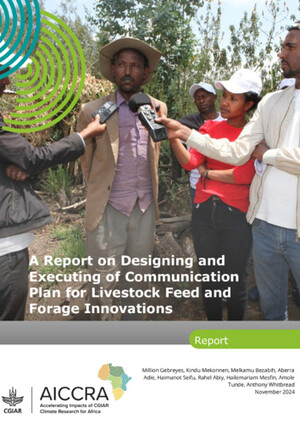
Evaluation of Rhodes grass collection at Bishoftu field site for forage biomass and feed quality traits
Abstract
Rhodes grass (Chloris gayana Kunth) is an important stoloniferous leafy perennial grass widely grown in tropics and subtropics (Heuze et al, 2016). It is a persistent, drought tolerant and highly productive species. It has a deep root system and can withstand extended periods of drought (Heuze et al, 2016), and grows in a wide range of ecologies and soil types (Heuze et al, 2016; Cook et al., 2020) with no known economically important biotic stressor (Cook et al., 2020). It can produce an average biomass yield of 1016 t DM/ha (Heuze et al, 2016). It can used for direct grazing and/or for hay production. It is also used as a cover crop improve soil fertility and reduce soil nematodes (Heuze et al, 2016; Cook et al., 2020).
Citation
Teressa, A.N., Muktar, M.S. and Jones C.S. 2024. Evaluation of Rhodes grass collection at Bishoftu field site for forage biomass and feed quality traits. Report. Nairobi, Kenya: ILRI.









